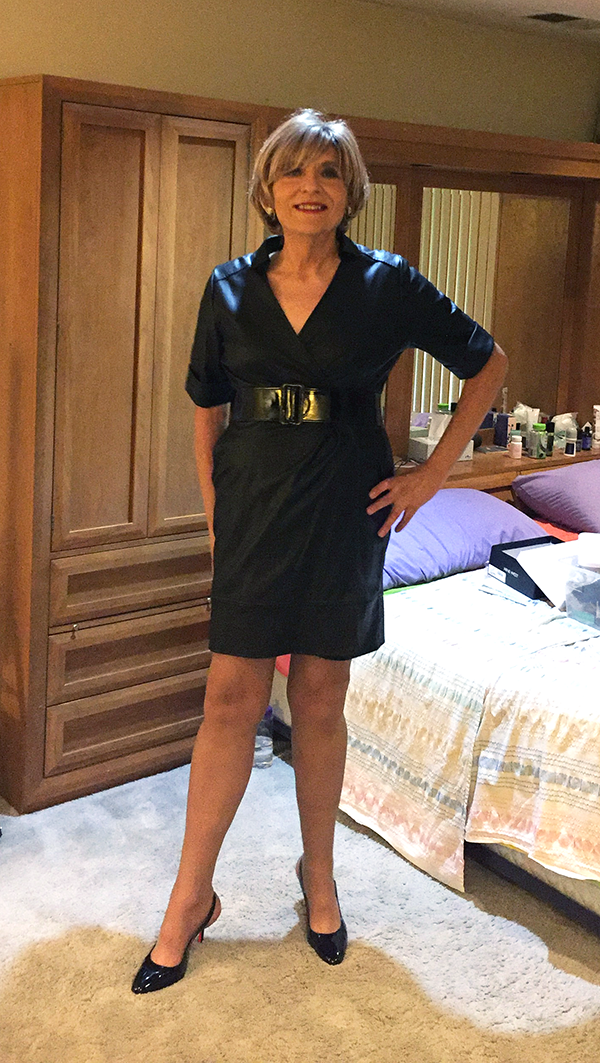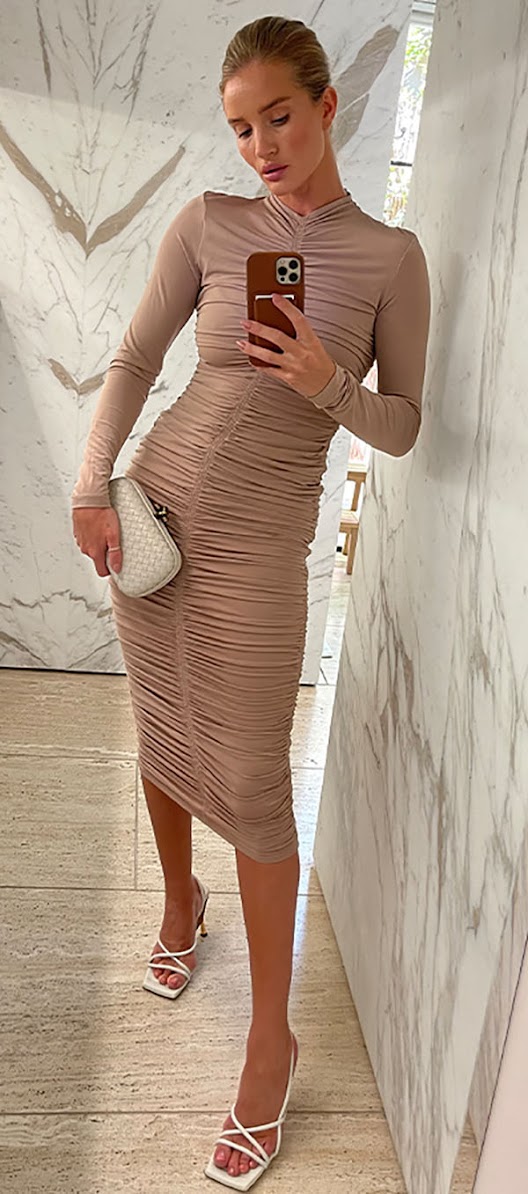Womanless weddings, often staged by men’s civic and fraternal groups, were popular entertainment in the U.S. southern states prior to the advent of television. They consisted of a mock wedding in which males crossdressed in the roles of the entire wedding party, including the bride, mother of the bride, bridesmaids, flower girl and female guests. These events were often fundraisers, since many in the community were more than willing to pay admission to see their male neighbors in female attire. (Sources: Wikipedia and NCpedia)
Womanless weddings predated womanless beauty pageants.
Schools, always looking for ways to raise funds and to keep the student body busy (idle hands are the devil's workshop), noticed the popularity and success of womanless weddings and were inspired to do something womanless in the educational realm. And mid-20th Century, someone came up with the idea of holding beauty pageants with boys crossdressing in the roles of female contestants.
The earliest womanless beauty pageant that I can find was in 1947, a “Boys’ Beauty Contest” put on by Cradock High School in Portsmouth, Virginia (photo above). Evidently, the Boy’s Beauty Contest was popular and it became an annual event at Cradock High School through the early 1950s. [Note that there were earlier school events in which boys dressed like girls (e.g., Halloweens, plays, fashion shows, follies, burlesques, musicales, etc.), but as far as womanless pageants per se, the 1947 Cradock High pageant was the earliest.]
Eventually adults got into the picture and womanless beauty pageants replaced womanless weddings as surefire fundraisers. Inexplicably, just like womanless weddings, womanless beauty pageants are more popular in the U.S. southern states than anywhere else.
My research is dependent on over 4700 womanless pageants that Femulate contributor Starla Trimm tirelessly culled from online high school yearbooks, so it is possible that there were earlier womanless pageants that are not documented online. If you know of an earlier womanless beauty pageant, please let us know what you know.
Using those 4700 pageants, I calculated the popularity of pageants between 1947 and 2019. Growth was slow in the 1950s (55 pageants) and began to pick up speed in the 1960s (310 pageants). The heyday for pageants was the 1970s, 1980s and 1990s with 1145, 1709 and 969 pageants respectively. The next century saw a dramatic drop-off in popularity with only 437 pageants in the 2000s and 44 pageants in the 2010s.
Mine is not a precise calculation because not all high school yearbooks are accessible online and some pageants may not have been documented in any yearbooks at all. But even my imprecise calculations illustrate the rise and fall of womanless beauty pageants’ popularity.
Transphobia and homophobia (on the right) and political correctness (on the left) probably account for the drop.
And so it goes.
 |
| The 1950 installment of the Boys’ Beauty Contest at Cradock High School in Portsmouth, Virginia |




















































